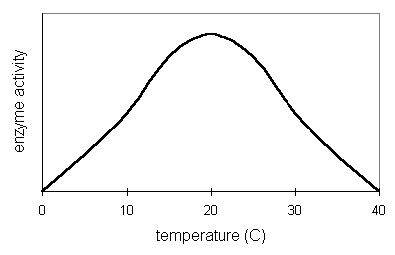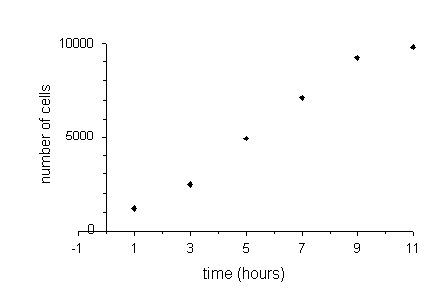
Biology 140 Competency Exam Followup
Name:
Section #:
Quantitative approaches are critical to understanding and solving problems in all areas of the biological sciences. This is a competency examination to help ascertain the level of understanding of basic concepts that may have been used in this course and the associated labs. All of the concepts included here are based upon mathematical ideas that were prerequisite to this course and should have been mastered in your prior education. This is a post-course exam to help us better focus efforts in future courses. This is being given as part of a comprehensive project within the Division of Biology to enhance the skills of students in biology courses and to better prepare students for the applications of quantitative methods that have become very prevalent within the biological sciences.
For each of the following questions, circle the correct answer. Read the questions carefully, and make any necessary calculations in the space provided.
1. Circle the larger of the following numbers if a > 1:
|
(a2)(a12) |
(a11)a8 |
a12 |
(a22)/(a6) |
(a10)2 |
2. A concentration of 2 mg/liter is equivalent to:
|
0.002 mg/ml |
2 mg/ml |
0.2 mg/ml |
0.02 mg/ml |
0.0002 mg/ml |
3. Which pair of numbers represents the mean and median for the following data:
6, 14, 5, 8, 12
(circle a, b, c, d, or e)
|
|
mean |
median |
|
a |
5 |
9 |
|
b |
9 |
8 |
|
c |
9 |
5 |
|
d |
8 |
9 |
|
e |
5 |
8 |
4. Circle the correct molecular weight for C6H12O6 if C has (approx.) atomic weight 12,
H has (approx.) atomic weight 1, &
O has (approx.) atomic weight 16.
|
24 |
72 |
180 |
192 |
29 |
5. Your bacterial growth lab has a stock solution of nutrients that is 20% sucrose. How much pure water should be added to 1 liter of this stock in order to produce a solution that has 5% sucrose?
|
3500 ml |
3 liters |
4 liters |
1 liters |
10 liters |
6. You wish to give a horse a dosage of 5 mg of an antibiotic which is supplied at a concentration of 100 mg/liter. What volume of solution should the horse be given?
|
100 ml |
50 ml |
0.01 liters |
10 ml |
0.002 liters |
7. This graph shows enzyme activity as a function of temperature for a typical enzyme

At what two temperatures is the activity approximately 1/2 of the maximum activity for this enzyme?
|
0 & 40 |
20 & 30 |
10 & 20 |
10 & 30 |
20 & 40 |
8. A reaction produces a product at a constant rate of 30 mg/minute. How much product is produced in 1 hour?
|
3 g |
1 g |
1.8 g |
300 mg |
1.8 kg |
9. A cylindrical beaker of radius 5 cm and height 10 cm has an approximate volume of:
|
2000 cm3 |
250 cm3 |
1000 cm3 |
800 cm3 |
500 cm3 |
10. How many moles of alcohol are in 10 liters of a solution of molarity 10-3 alcohol?
|
1 |
10-3 |
10 |
10-2 |
10-4 |
11. This graph shows data on the number of cells in a culture measured at six different times.

Approximately how many cells are present after 6 hours?
|
10,000 |
6000 |
1000 |
5000 |
8000 |